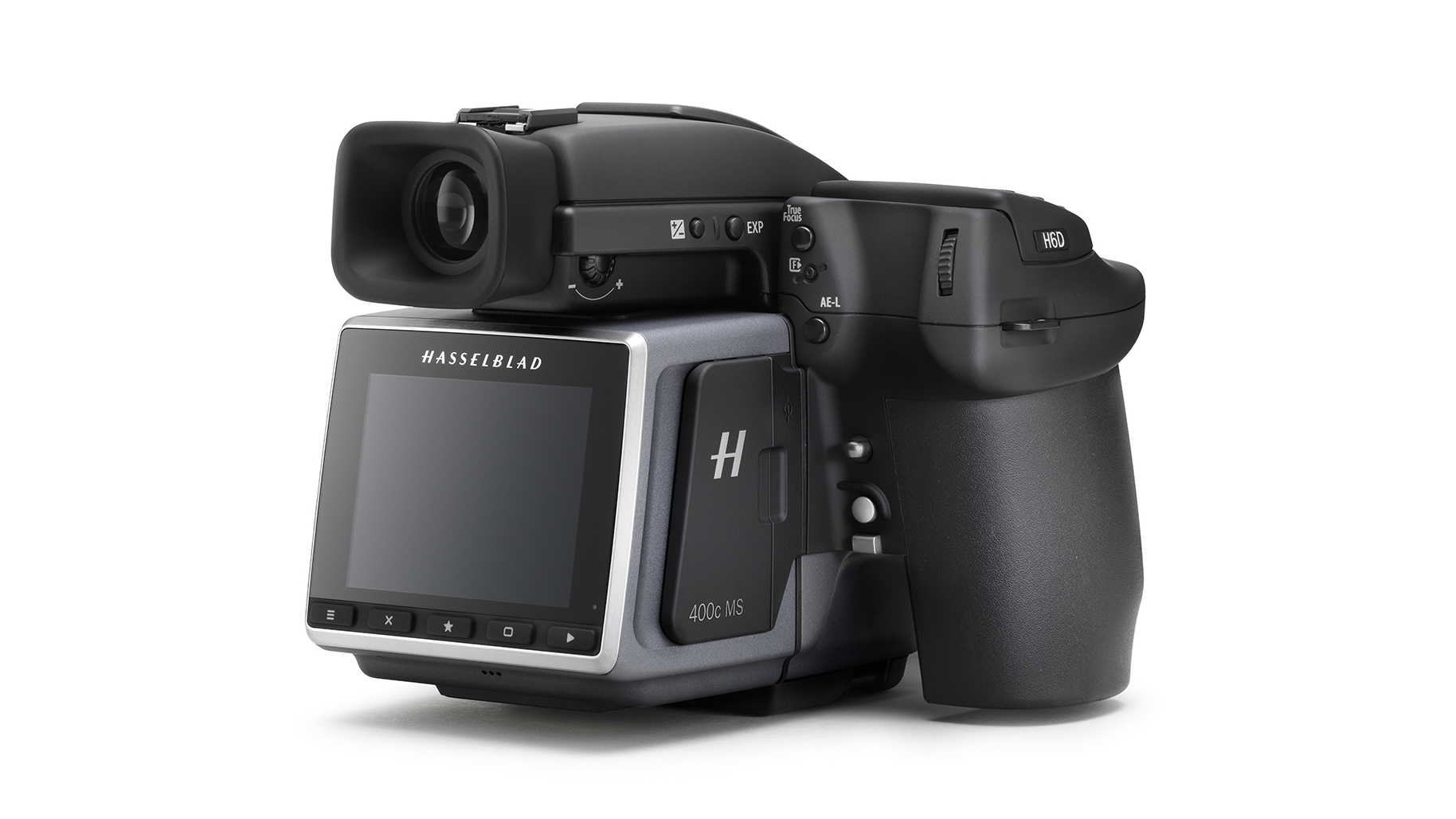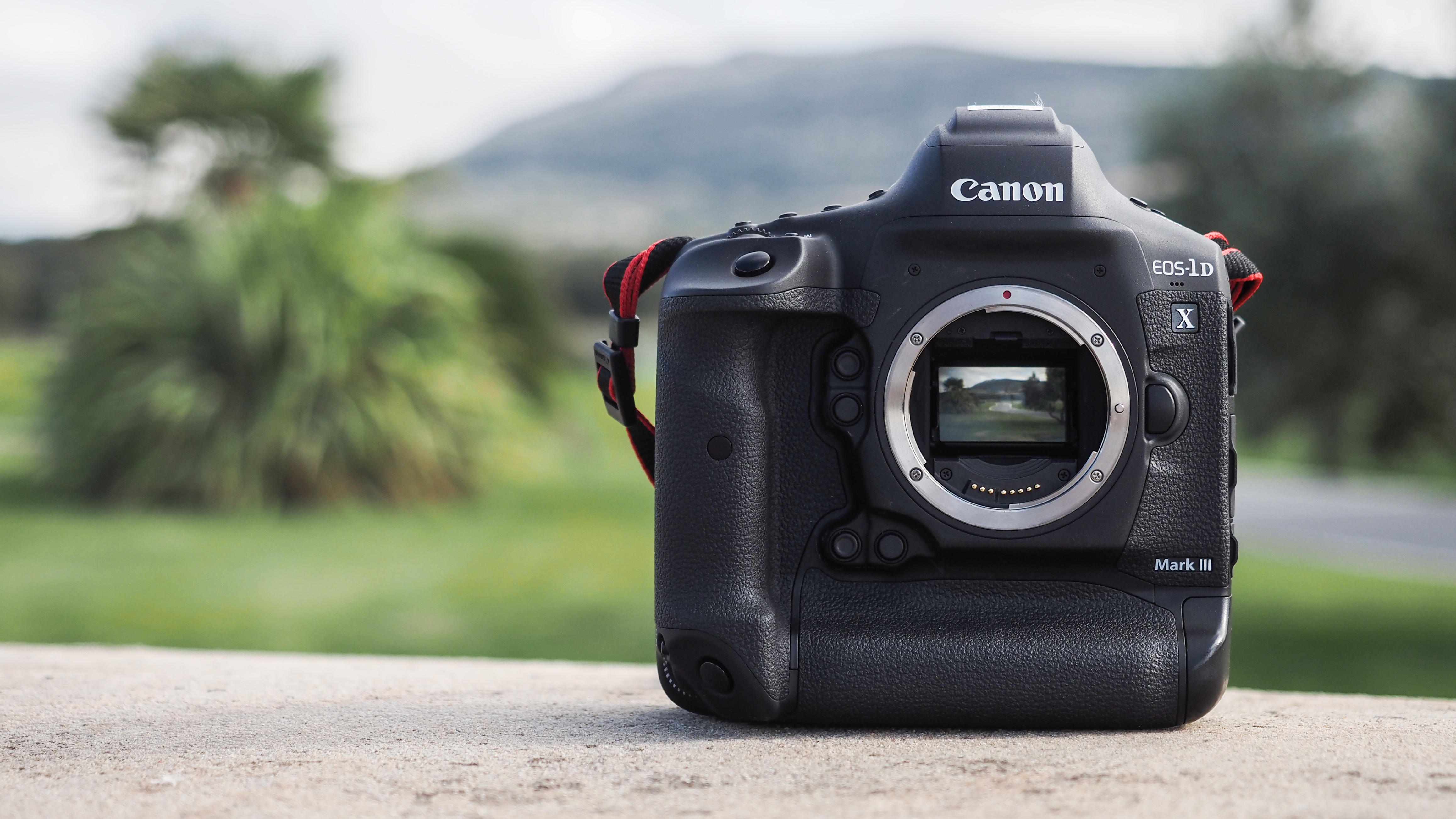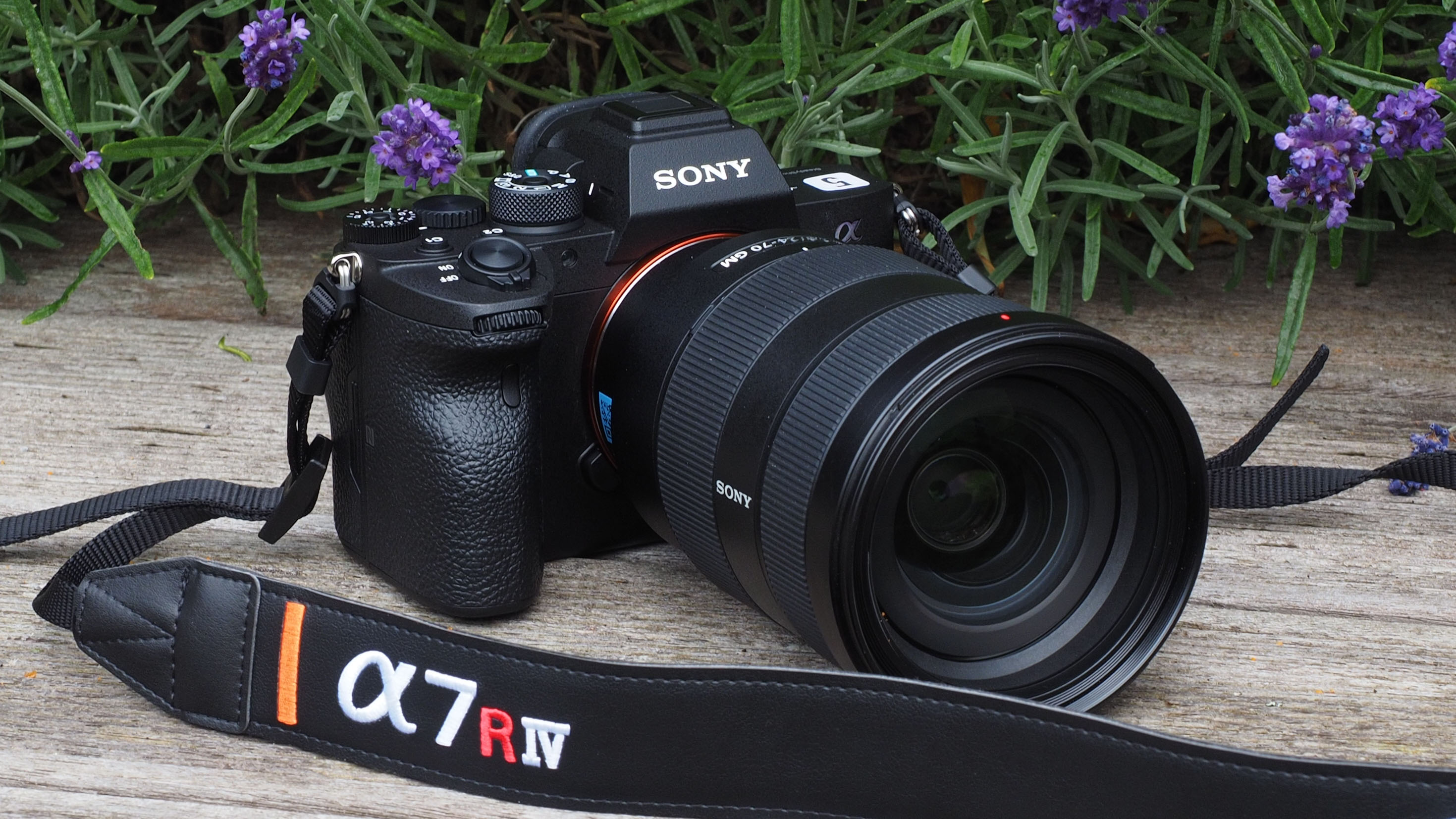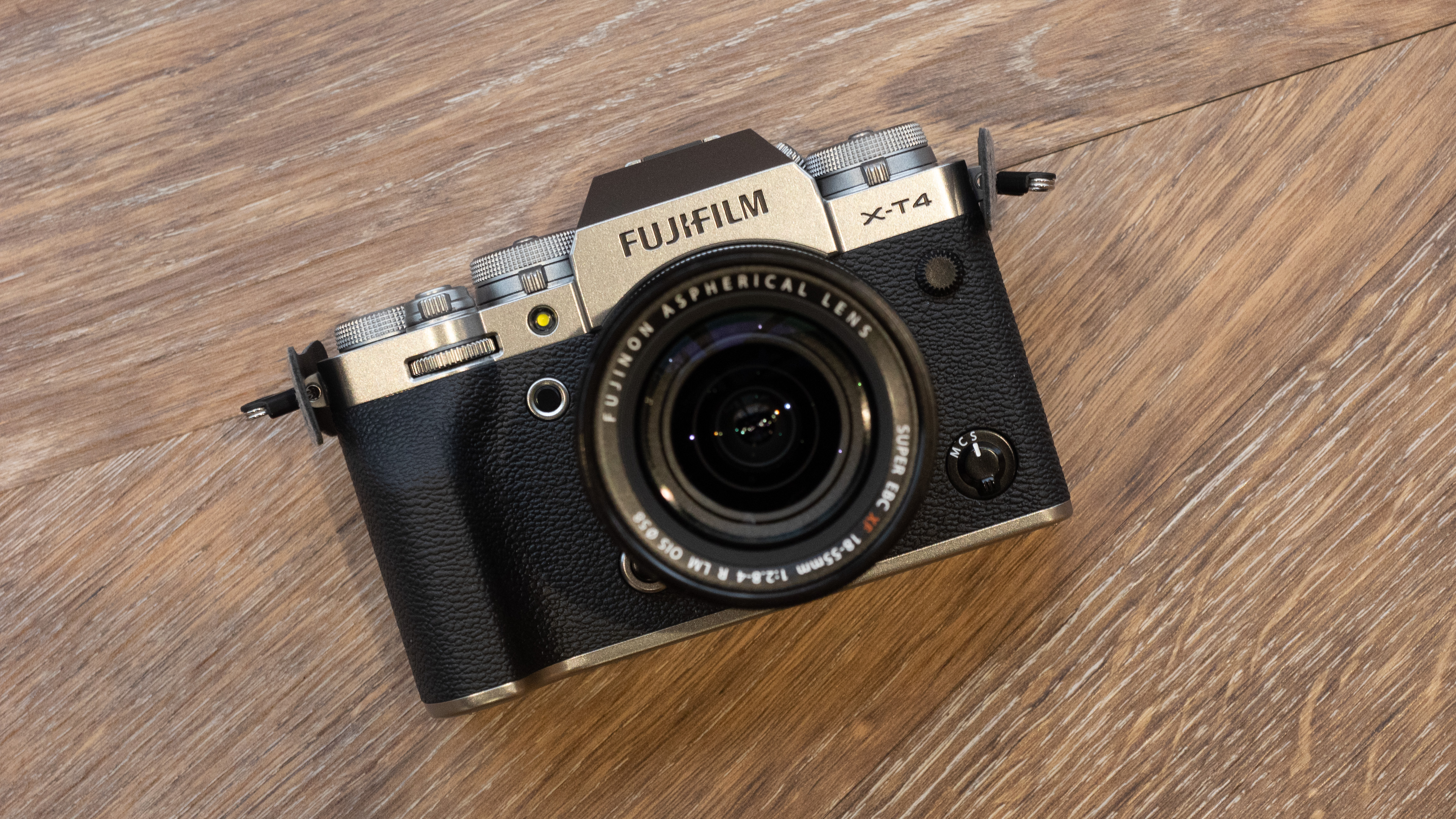Do I need a professional camera? Are they actually better, and which one is best?
Just because a camera is used by professionals and costs 3-4 times more than yours, that doesn’t necessarily make it better!

We’ve just updated our guide to the best professional cameras, so now is a good time to look at just what a ‘professional’ camera actually is, and whether they deserve to be the dream buys that most photographers lust after.
We all assume a ‘professional’ camera must be the best because it’s chosen by photographers who uses cameras for a living (and because it costs more!). But it is true?
First of all, we have to say the obvious thing: a better camera won’t make anyone a better photographer. You may achieve better technical quality or be able to take pictures in conditions where you couldn’t before, but these are the only differences. What you shoot and how you shoot it, that’s down to you.
In certain conditions a camera can change the way you take pictures (for better or worse). A Leica rangefinder definitely makes you see and compose pictures differently to a regular camera, and you will often capture more immediate and ‘immersive’ images with a camera phone, where you tend to be ‘in’ the action, than you may with a regular camera, where you tend to stand back from it.

What is a ‘professional’ camera?
So to look at this literally, a professional camera is one chosen by a photographer who takes pictures for a living. There are a whole lot of factors that a pro photographer might look for, and here are some of them:
- Durability: A pro camera will often be used for eight, ten or twelve hours a day, in rain, snow or sun, taking hundreds or even thousands of shots in a session while withstanding bumps, knocks and rough handling.
- Speed: Sports and press photographers need durability plus high continuous shooting speeds and first class low-light performance. You get this by sacrificing megapixels.
- Image quality: Clients often demand the highest quality level possible, which means big sensors (full frame or medium format) and high megapixel counts, but low light performance and continuous shooting have to take a back seat.
- Lens range: A pro camera will be backed up by an extensive range of professional lenses – typically, these lenses are designed for performance and durability, and are often both expensive and heavy. With a pro camera system, if you need a lens for a specific job but don't want to buy it, you can almost certainly hire it.
- Specialist features: Architectural photographers, for example, may choose a medium format camera with in-built perspective adjustments to correct converging verticals in shots of buildings. They are slow to set up and operate, but do things other cameras can’t.
- Long term support: It sounds dreary, but this is important to many professionals, who may spend years working with a specific system and spend countless hours getting to know it inside and out. Pro photographers like innovation but they don’t like forced change. They want systems that are going to be around and supported for a long time to come.

Many of these professional features cost quite a lot of money and don’t necessarily have anything to do with how good the pictures are.
There’s no strict boundary between ‘amateur’ and ‘professional’ cameras (though the price is different, obviously), but pro photographers will typically demand one or more of the features above – not because they would like these things, but because they actually need them for their job.
Get the Digital Camera World Newsletter
The best camera deals, reviews, product advice, and unmissable photography news, direct to your inbox!
We haven’t mentioned video yet. That’s a whole different area with different priorities, but similar principles apply. These articles may help:
• Best 4K cameras for filmmaking
• Best cameras for vlogging
• Best cinema cameras

Can one pro camera do everything?
No. In order to be exceptionally good in one area, cameras have to sacrifice capabilities in others. Paying more money for a pro camera doesn’t get you a wider range of capabilities, it just gets you better performance in a particular niche.
For example, high-speed sports cameras like the Canon EOS-1D X Mark III, Nikon D6 and Sony A9 Mark II offer ultra-fast continuous shooting (burst) speeds and low light performance, but only by offering relatively modest megapixel counts.
Medium format cameras like the Fujifilm GFX 100 or the even more specialised Phase One XT are slower to use but offer a very high level of image quality.
Or there are ‘do-it-all’ pro cameras like the Sony A7R Mark IV or Nikon Z7 II, which combine high resolution, high burst speeds and good low light image quality – but if any of these factors were more important (speed, say, or ultimate image quality), these cameras would also be a compromise.
So there is no one perfect, ‘best’ pro camera. If anything, they are more specialised than regular enthusiast cameras, so it’s even more important to be sure of what you actually need.

When do you need a ‘pro’ camera?
There can’t be many photographers who haven’t aspired to be professionals. Turning a passion into a profession is a dream for most people. But getting a pro camera is not a passport to success. A professional camera is something you choose to do a job better, but it won’t get you that job.
In the meantime, some of the best cameras for enthusiasts approach the performance and capabilities of pro cameras but at a far lower cost. Today’s mid-range cameras have features, image quality and even durability that pro photographers could only have dreamed of not so long ago.
Our closing advice would be that if you make a living from photography, a pro camera is the next obvious step, once you’ve pinned down what you need. Just don’t invest thousands until you’ve got a few jobs under your belt and you know where you’re heading.
Read more:
• Best professional cameras
• Best enthusiast cameras
• Best cameras for beginners
• Best mirrorless cameras
• Best DSLRs
• Best cameras for filmmaking

Rod is an independent photography journalist and editor, and a long-standing Digital Camera World contributor, having previously worked as DCW's Group Reviews editor. Before that he has been technique editor on N-Photo, Head of Testing for the photography division and Camera Channel editor on TechRadar, as well as contributing to many other publications. He has been writing about photography technique, photo editing and digital cameras since they first appeared, and before that began his career writing about film photography. He has used and reviewed practically every interchangeable lens camera launched in the past 20 years, from entry-level DSLRs to medium format cameras, together with lenses, tripods, gimbals, light meters, camera bags and more. Rod has his own camera gear blog at fotovolo.com but also writes about photo-editing applications and techniques at lifeafterphotoshop.com
